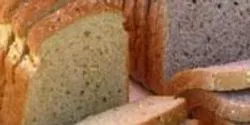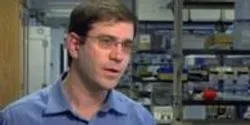Microbiology

Bacteria are a pervasive and elusive bunch. Scientists estimate that between 10 million and 1 billion different microbial species populate the world, yet only a handful of them have so far been identified. Why? Because the overwhelming majority of microbes refuse to grow in the laboratory. This is despite decades of scientists’ best efforts at coaxing the microscopic organisms into action.

Researchers at the University of California, San Diego School of Medicine have discovered a widely distributed group of marine bacteria that produce compounds nearly identical to toxic man-made fire retardants.

A new laboratory technique developed by Agricultural Research Service (ARS) scientists could speed the search for soybean plants with resistance to the fungus that causes Phomopsis seed decay (PSD) in the legume crop.

Much as human DNA can be used as evidence in criminal trials, genetic information about microorganisms can be analyzed to identify pathogens or other biological agents in the event of a suspicious disease outbreak. The tools and methods used to investigate such outbreaks belong to an emerging discipline known as microbial forensics, but the field faces substantial scientific and technical challenges, says a new report from the National Research Council.

All around us is an invisible world that, while most people don’t often think about it, has big effects on our own. As principal investigator (PI) of the Michigan Geomicrobiology Lab in the University of Michigan’s Department of Earth and Environmental Sciences, Gregory Dick and his staff get to explore that world each day, studying how microorganisms influence larger Earth processes.
















